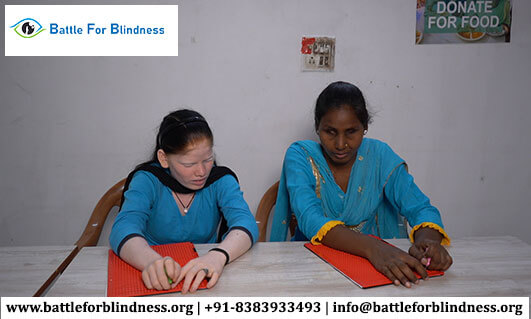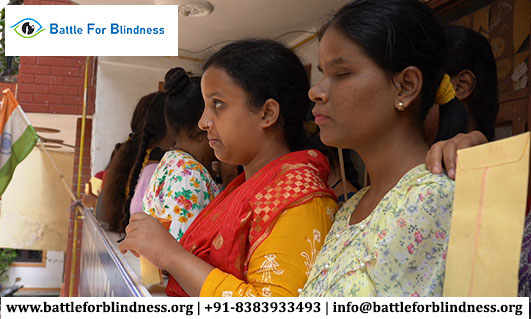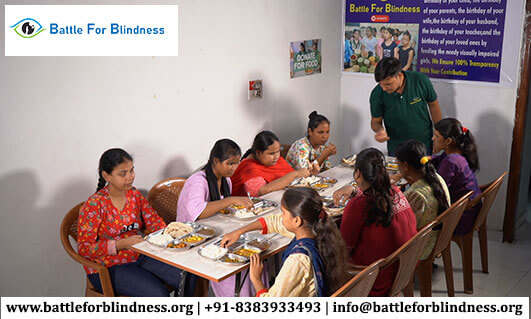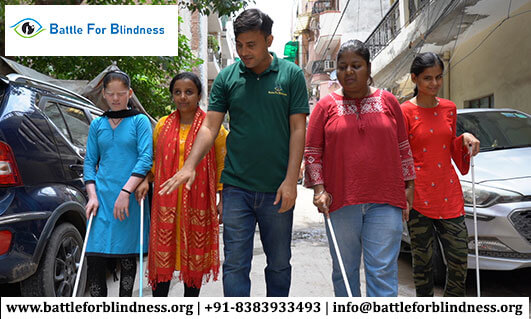
In the quest to make the world more accessible for individuals with visual impairments, technology continues to evolve, offering innovative solutions to enhance everyday experiences. One of the latest advancements in this field is Braille lip technology. This breakthrough combines traditional Braille with cutting-edge technology to provide a more interactive and informative experience. Here’s a look at the latest developments in Braille lip technology and how they are improving accessibility.
1. What is Braille Lip Technology?
Braille lip technology refers to the integration of Braille with tactile feedback systems that use lip movement to convey information. These systems are designed to be used in conjunction with Braille displays or other accessible devices to provide additional layers of interaction and understanding.
2. The Evolution of Braille Technology
Braille technology has come a long way from traditional embossed paper. Modern innovations include:
- Braille Displays: Electronic devices that use raised pins to represent Braille characters.
- Braille Notetakers: Portable devices that allow users to read and write in Braille.
- Braille Embossers: Printers that produce Braille documents on paper.
Braille lip technology builds on these advances by adding new dimensions of tactile interaction.
3. Recent Innovations in Braille Lip Technology
Several key innovations have emerged in Braille lip technology, making it more versatile and user-friendly:
- Dynamic Braille Displays with Lip Feedback: These devices combine traditional Braille displays with lip-responsive technology. Users can feel Braille characters and receive additional feedback through lip vibrations or movements, enhancing the reading experience.
- Interactive Braille Tactile Maps: Tactile maps with Braille labels can now include lip-responsive elements. As users explore different parts of the map with their fingers, they receive additional information through subtle lip-based signals, providing a richer understanding of the map’s content.
- Braille-Integrated Smart Glasses: Innovative smart glasses are being developed that include Braille displays and lip technology. These glasses provide real-time information through Braille while using lip sensations to alert users to important updates or notifications.
- Enhanced Braille Learning Tools: New educational tools are incorporating Braille lip technology to help individuals learn Braille more effectively. These tools use interactive elements that provide tactile feedback through lip sensations, making the learning process more engaging and intuitive.
4. Benefits of Braille Lip Technology
The integration of lip technology into Braille systems offers several benefits:
- Improved Accessibility: Braille lip technology provides an additional layer of accessibility, making it easier for users to interact with Braille displays and other accessible devices.
- Enhanced Understanding: The combination of Braille with lip feedback helps users gain a more comprehensive understanding of the information being presented. It adds a tactile dimension to the reading experience.
- Increased Independence: By offering more interactive and responsive features, Braille lip technology helps visually impaired individuals perform tasks with greater independence and confidence.
- Innovative Learning: Educational tools that use Braille lip technology can make learning Braille more engaging and effective, helping users develop their skills more quickly.
5. Challenges and Future Directions
While Braille lip technology represents a significant advancement, there are still challenges to address:
- Cost and Accessibility: The cost of advanced Braille lip technology can be prohibitive for some users. Efforts are needed to make these innovations more affordable and widely available.
- User Training: Users may need training to effectively use new Braille lip technology. Providing adequate support and resources is crucial for successful adoption.
- Integration with Existing Systems: Ensuring that Braille lip technology integrates seamlessly with existing Braille displays and other accessible devices is important for creating a cohesive user experience.
Future developments in Braille lip technology will likely focus on improving affordability, enhancing user interfaces, and expanding the range of applications. As technology continues to evolve, we can expect even more innovative solutions to enhance accessibility and improve the quality of life for visually impaired individuals.





